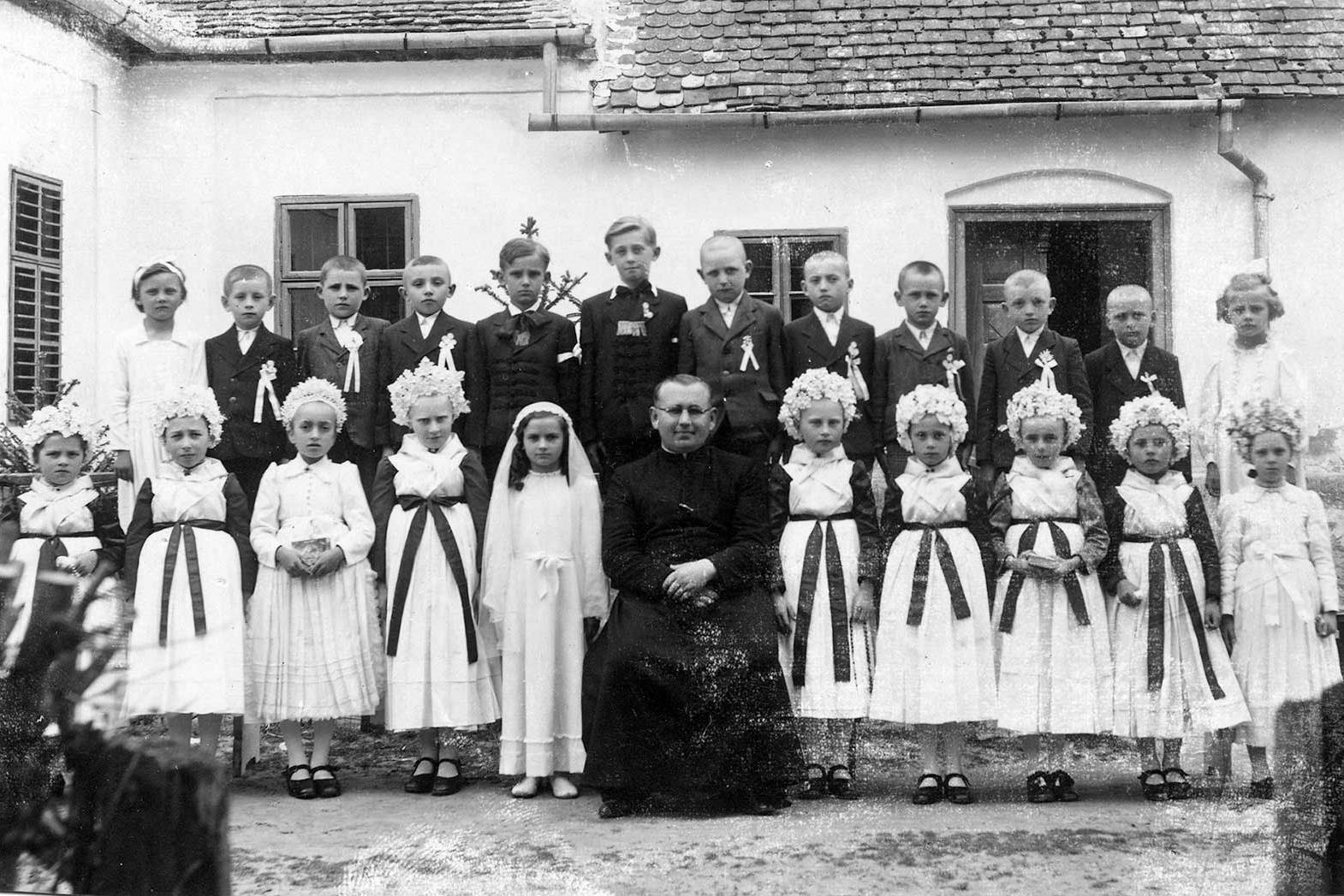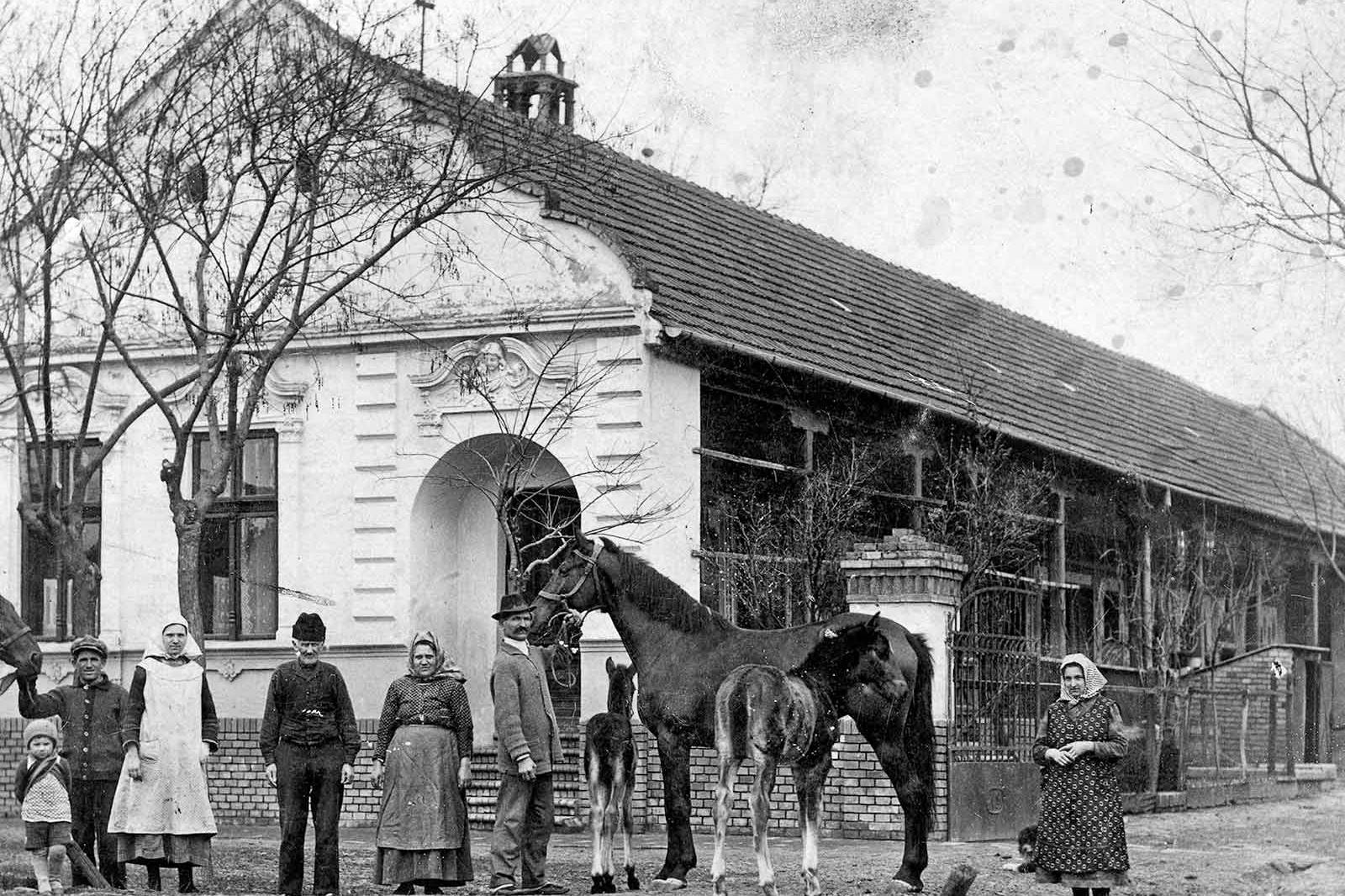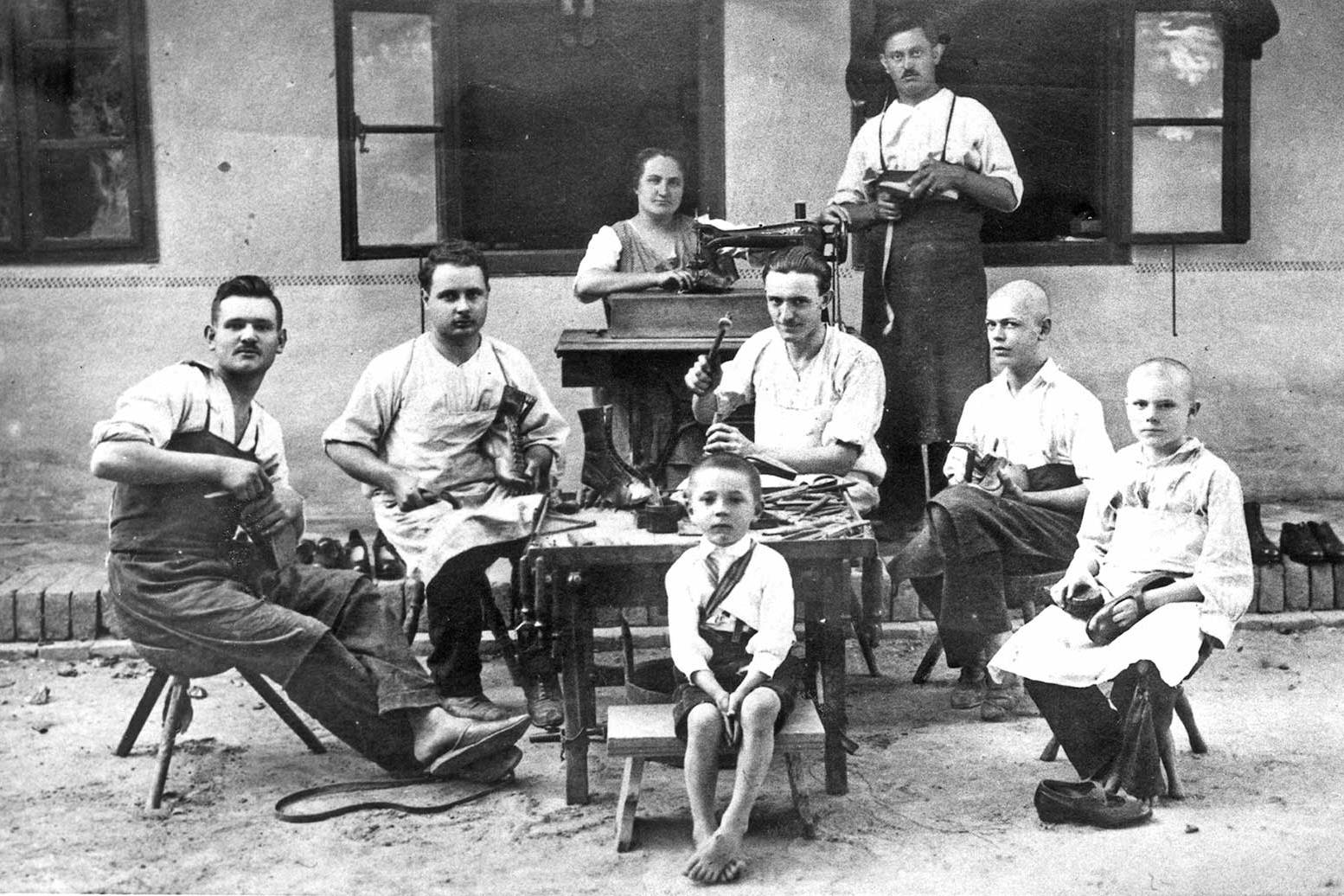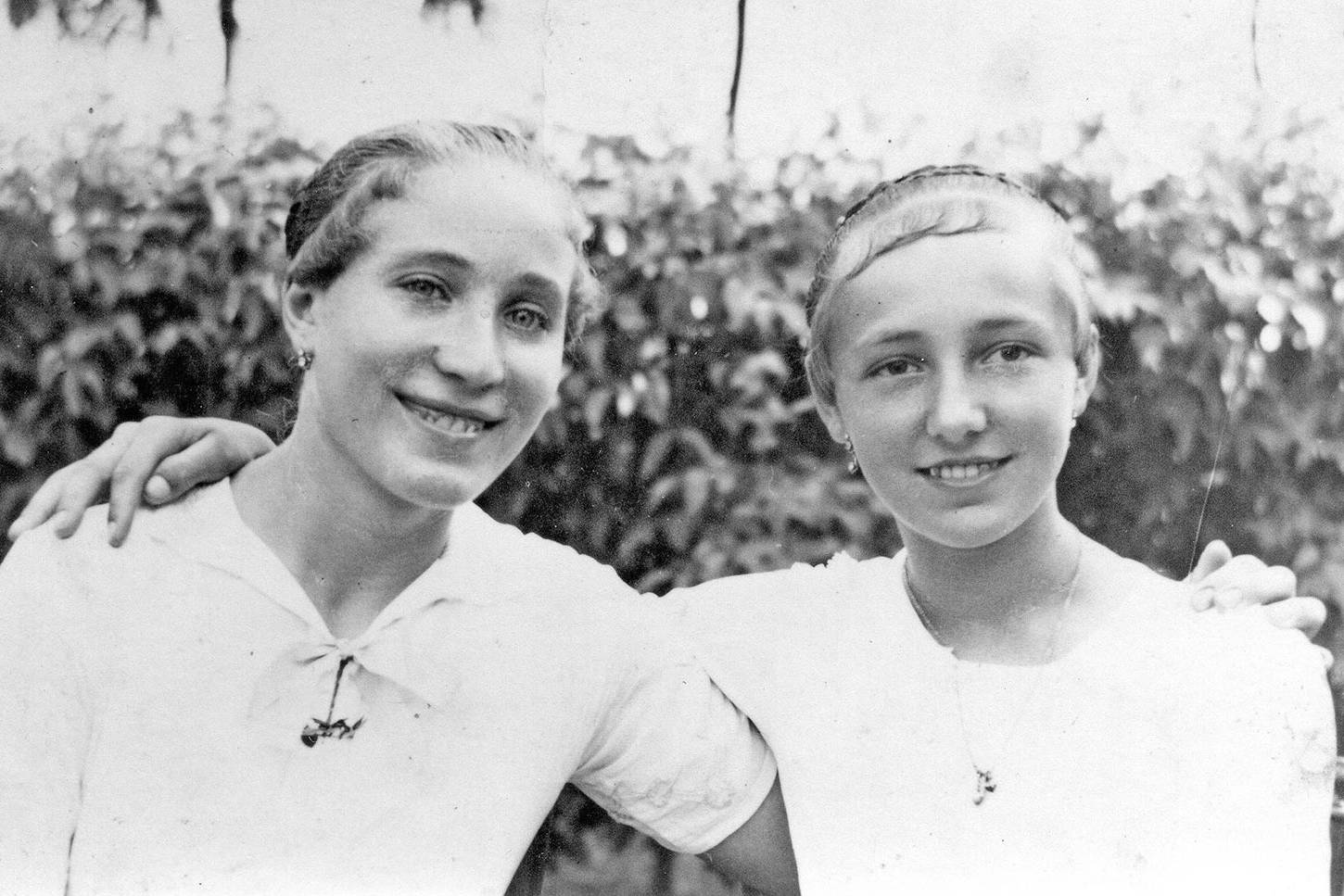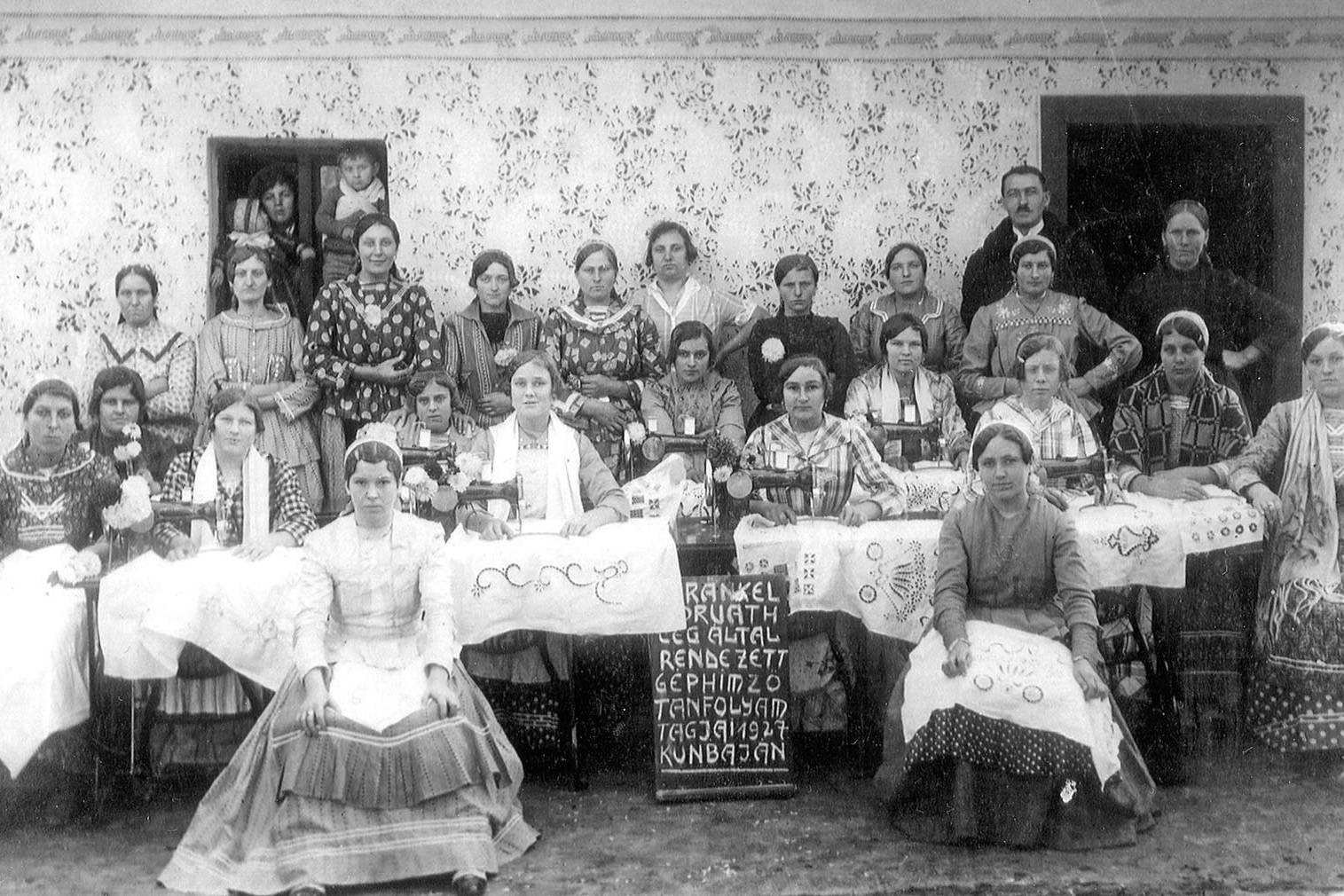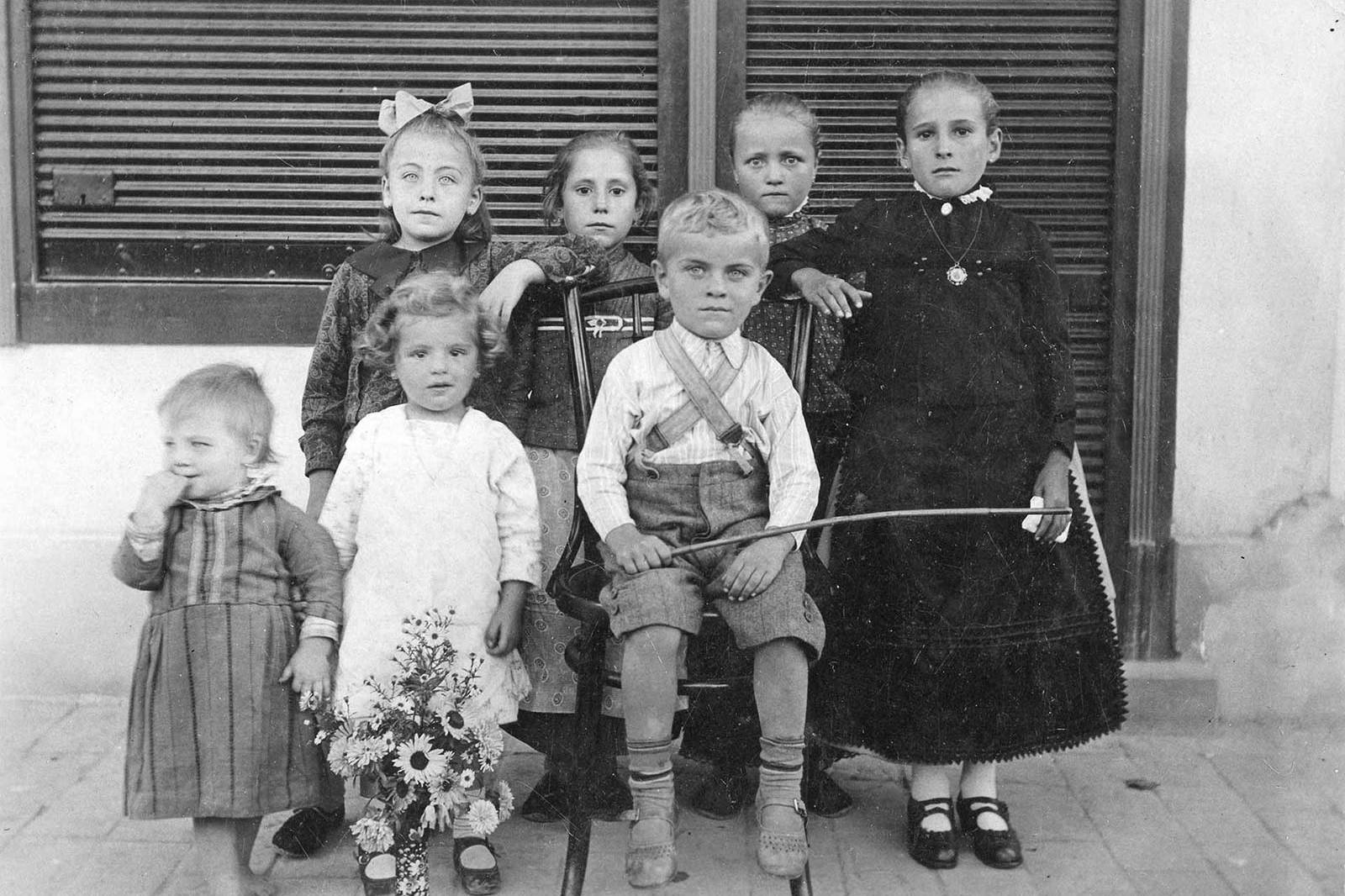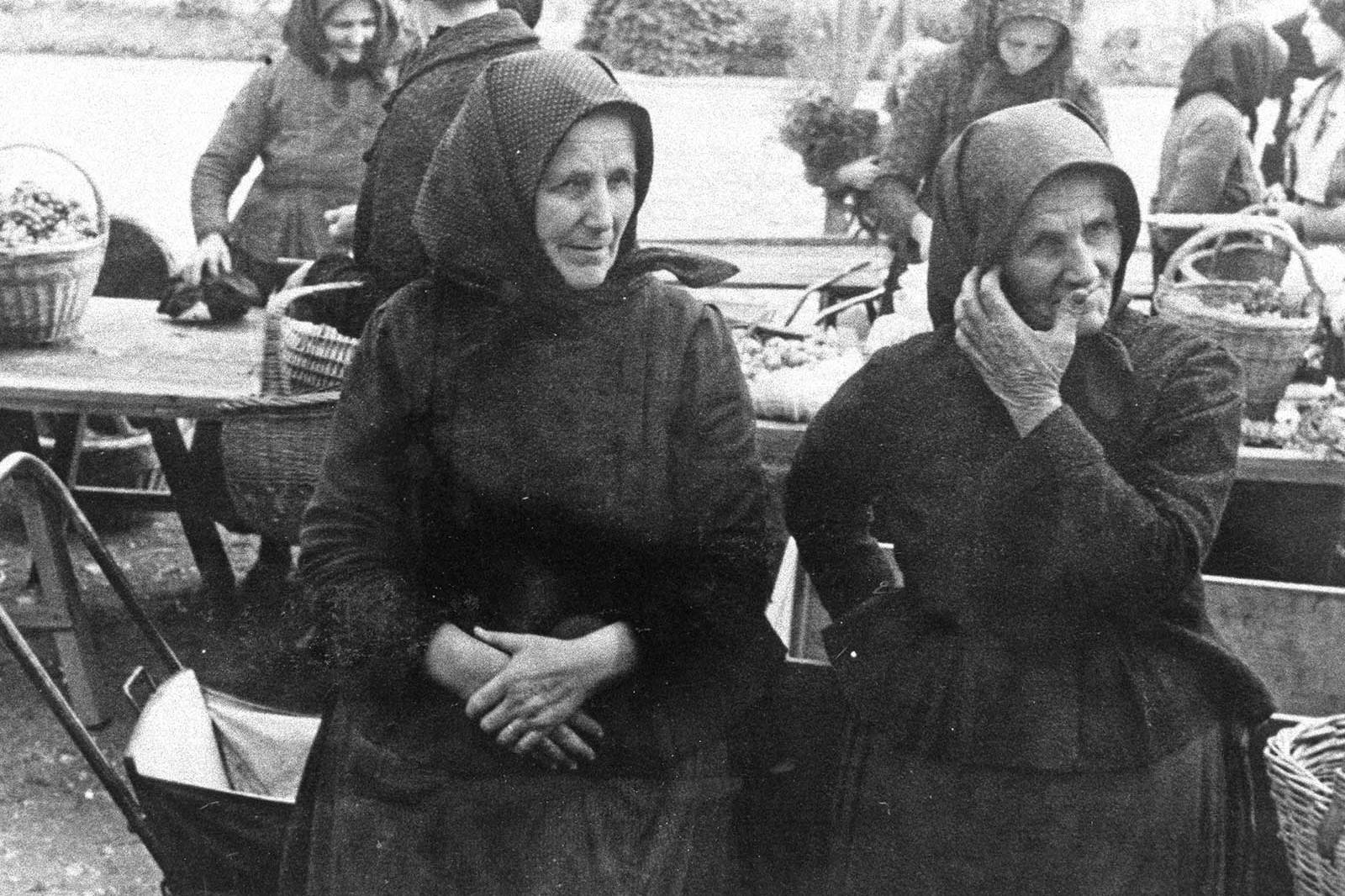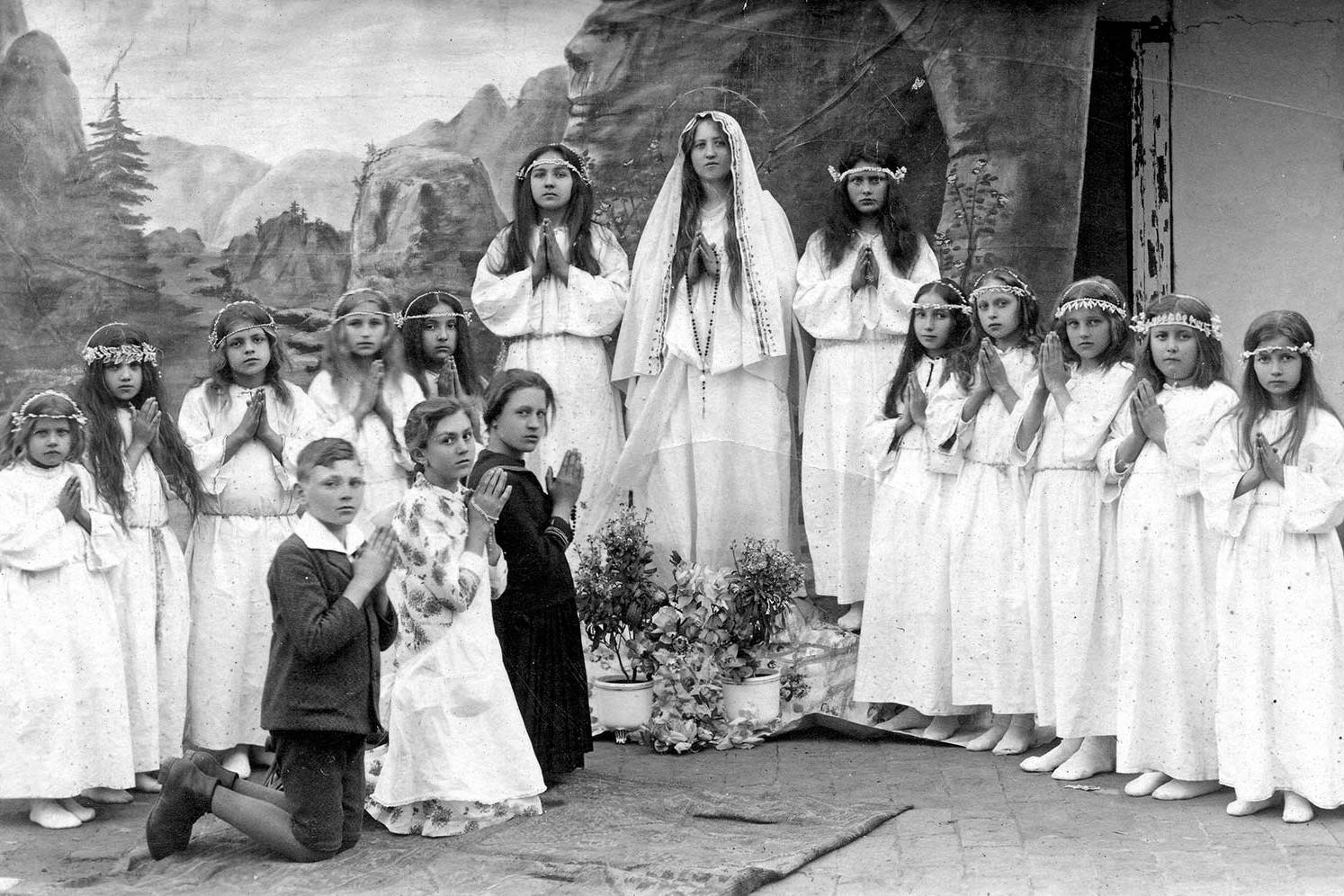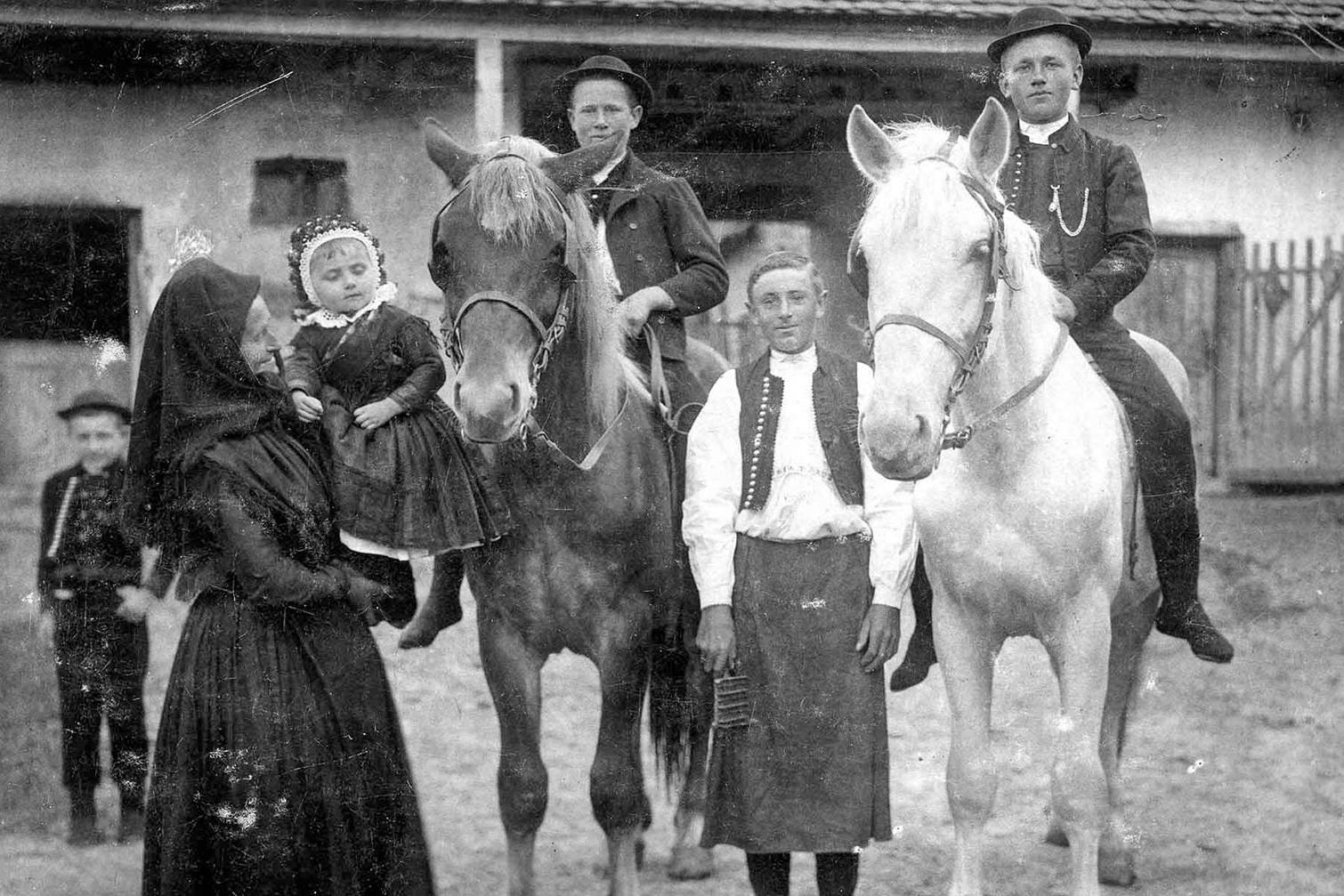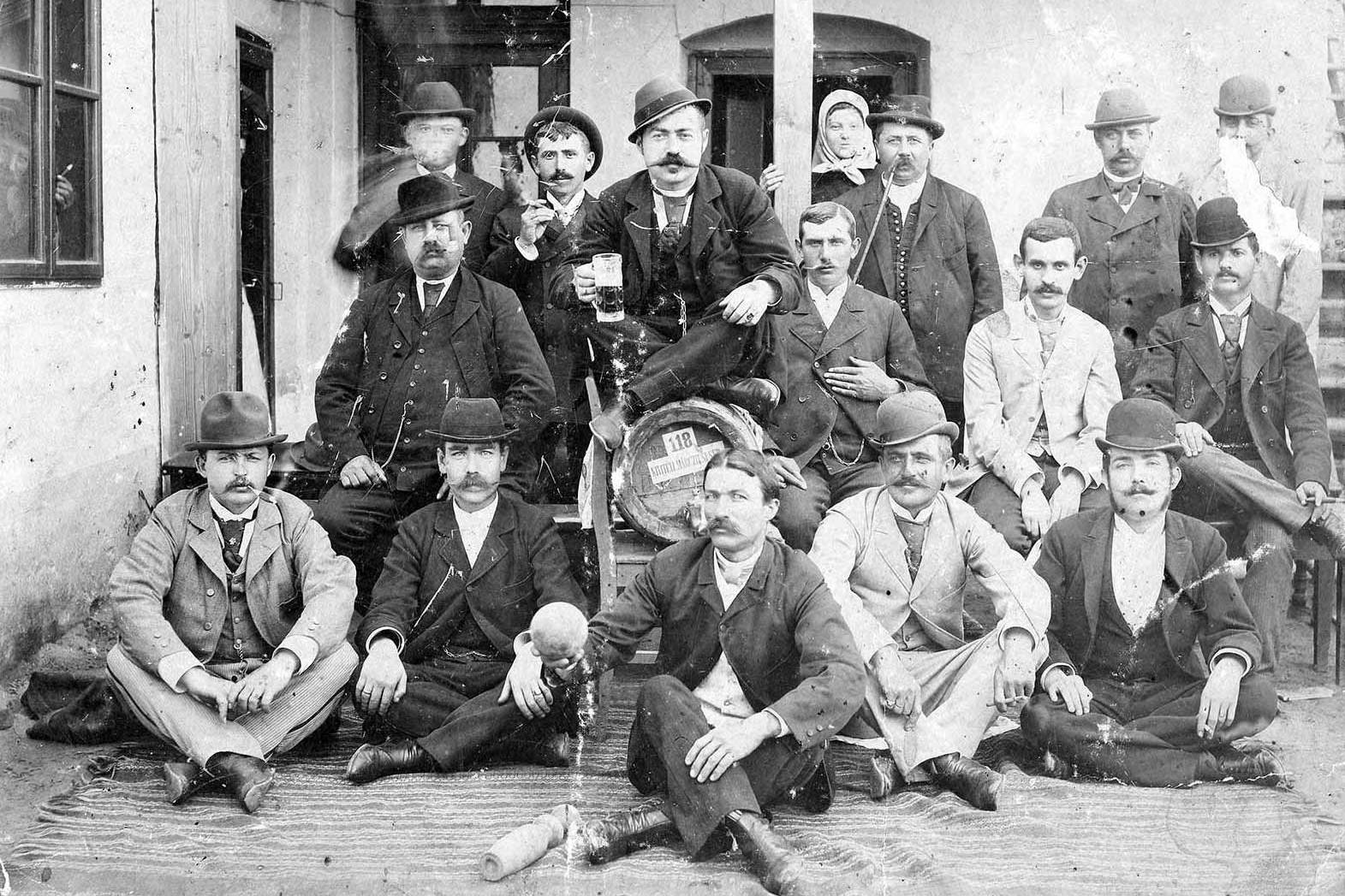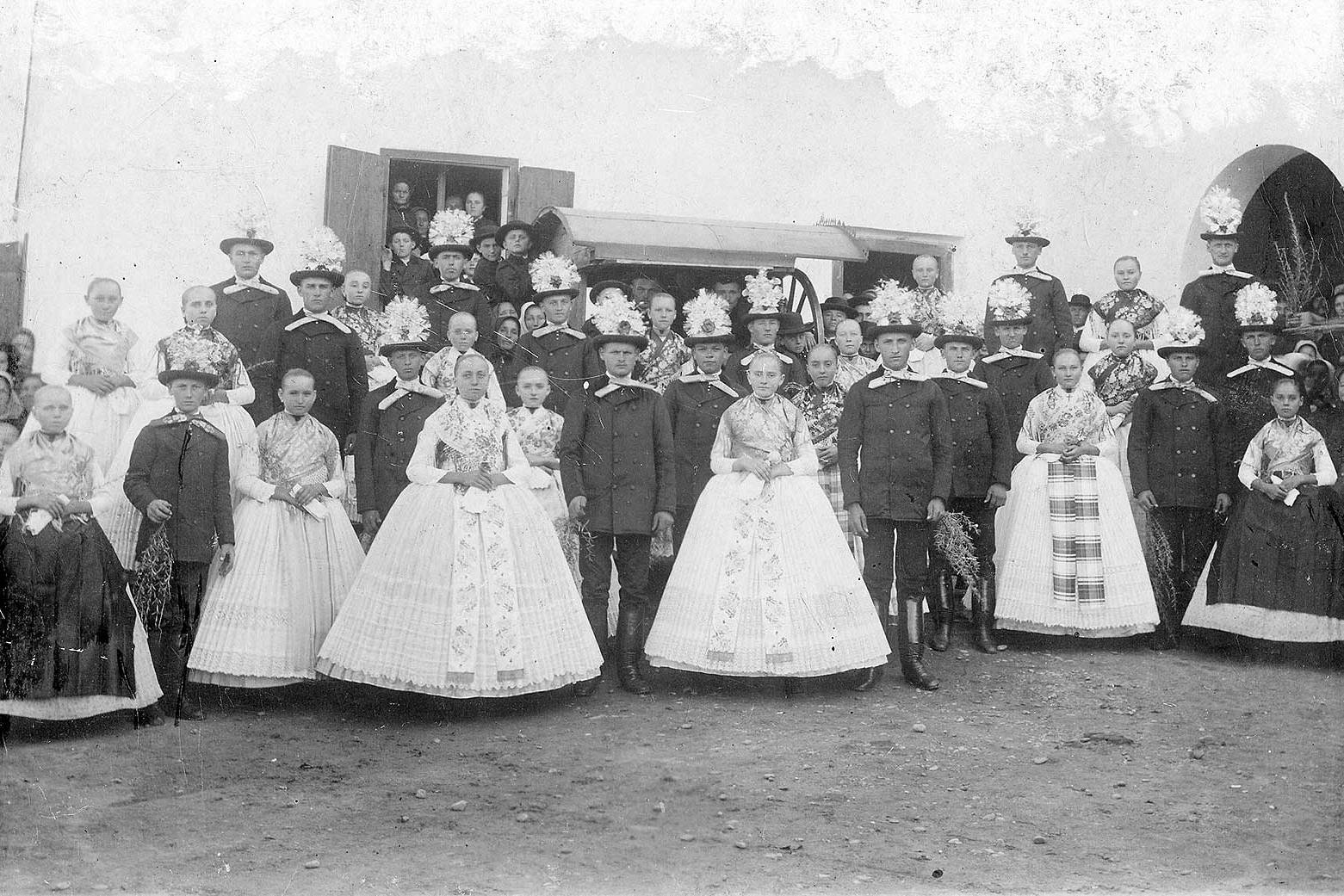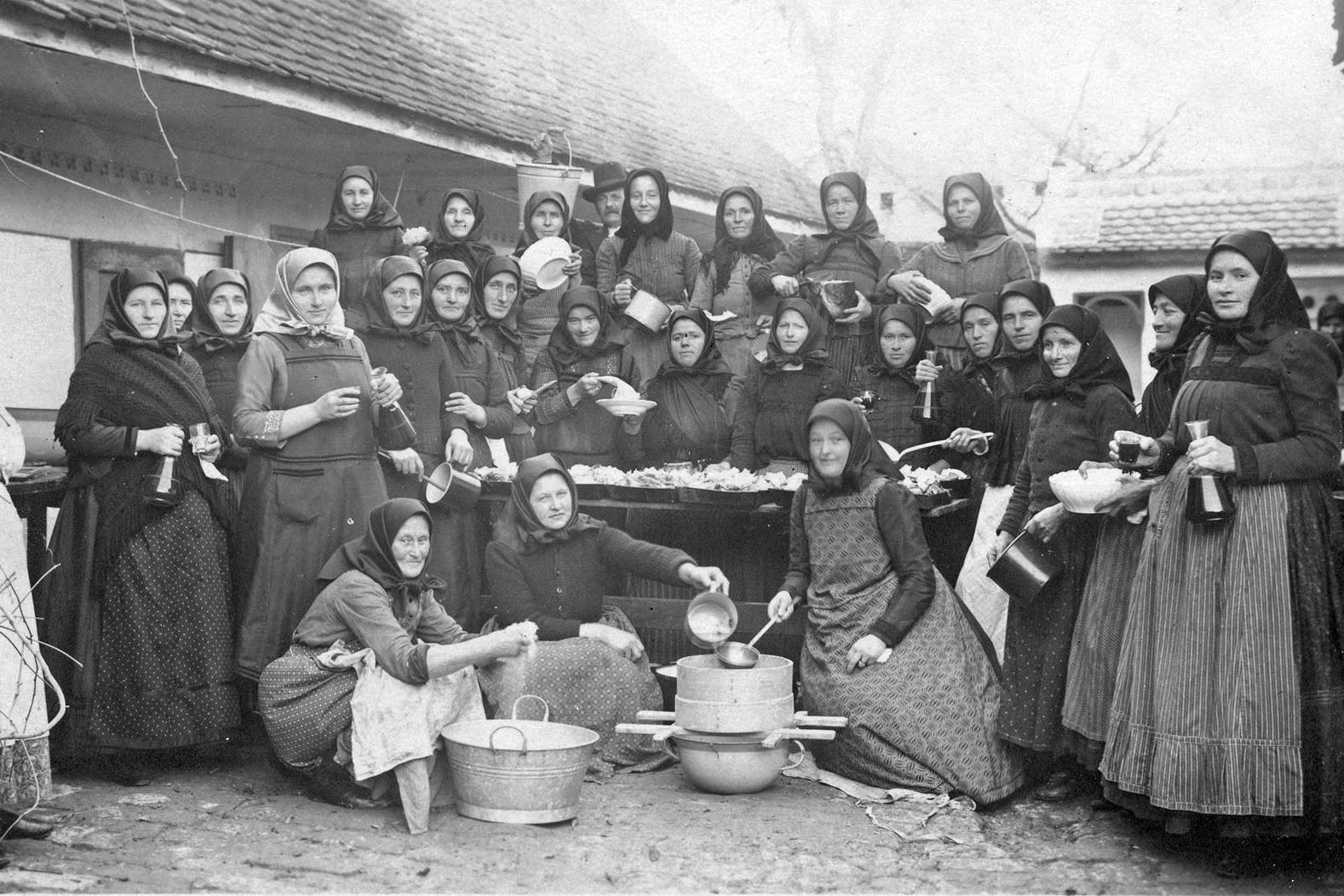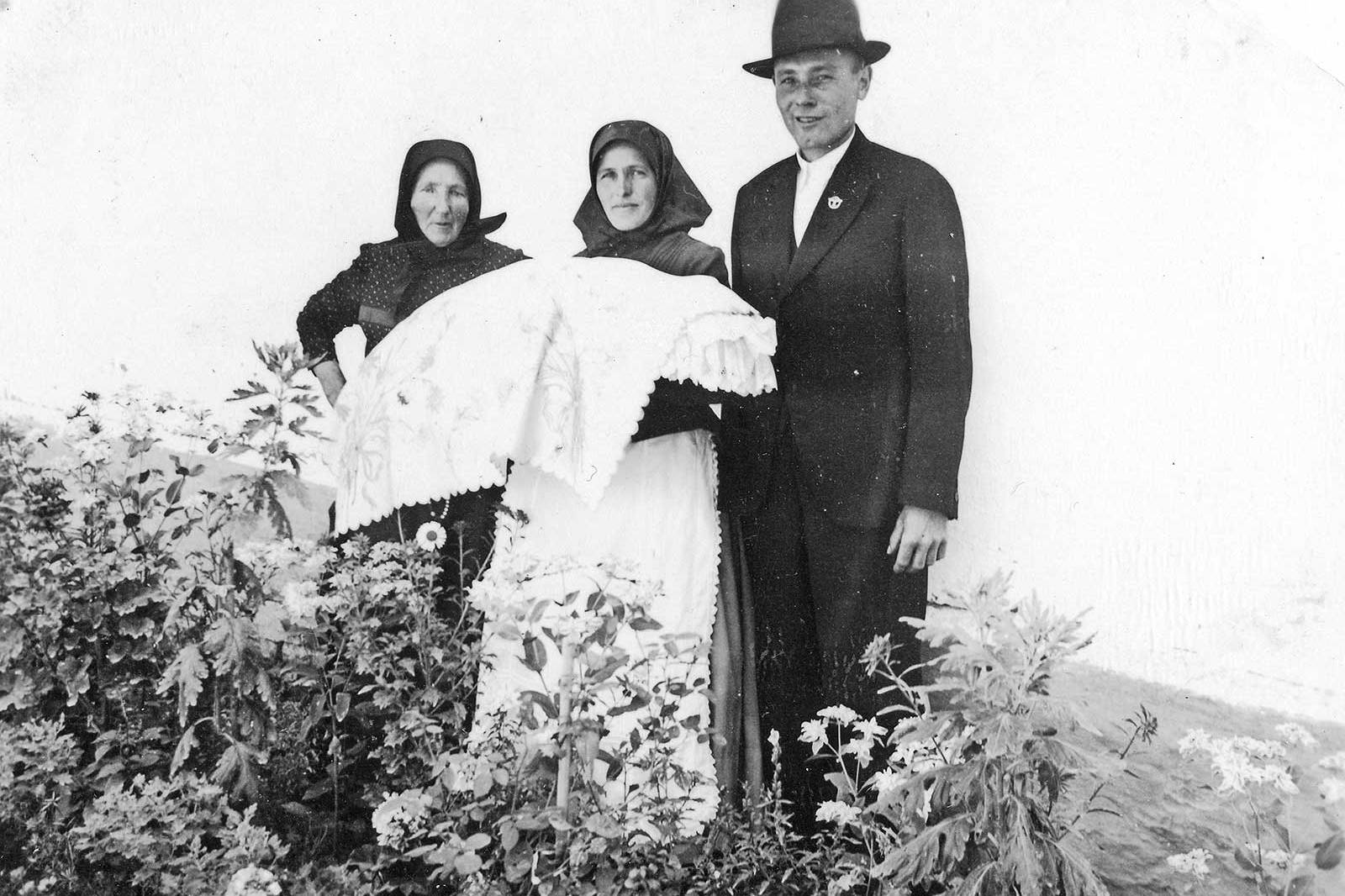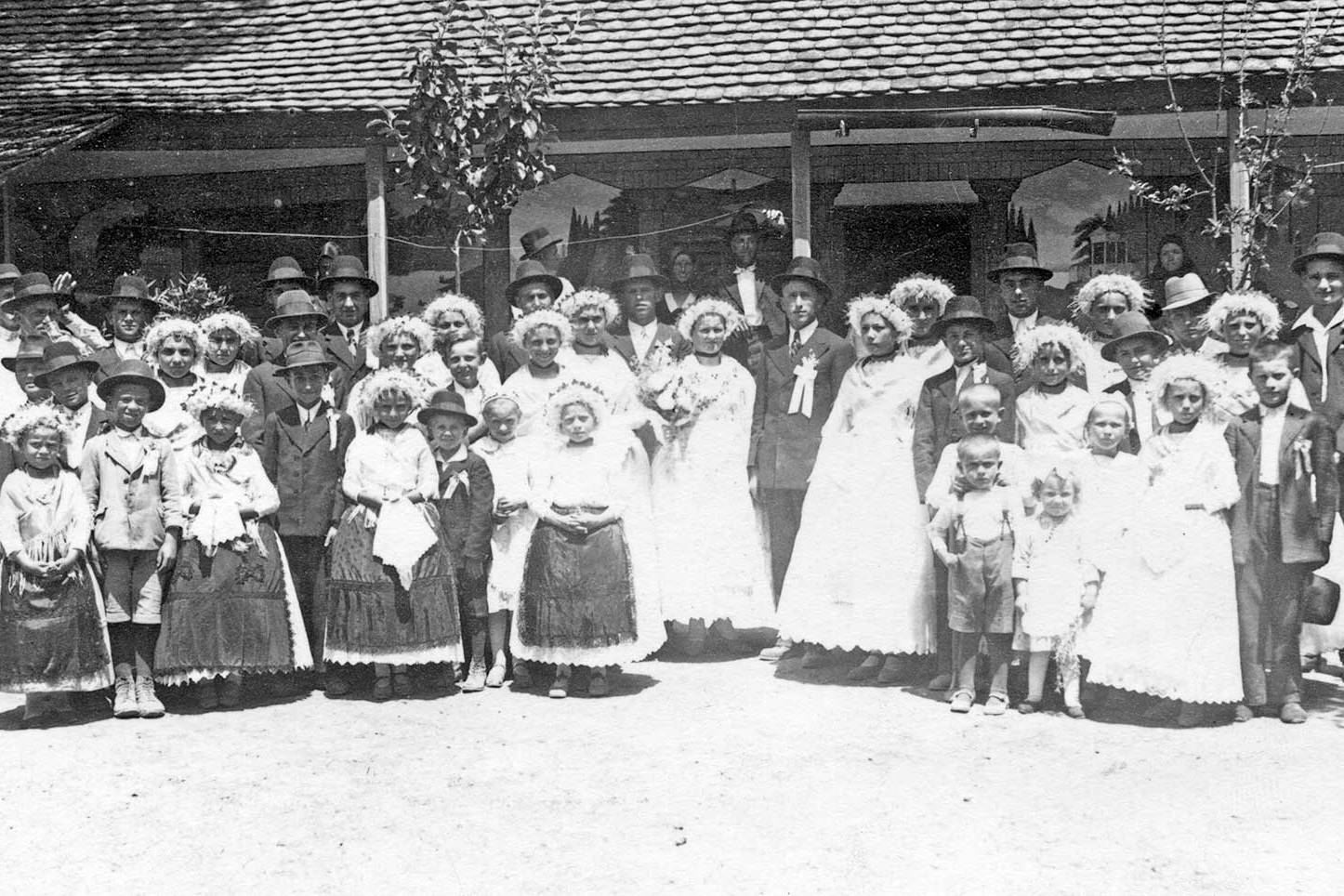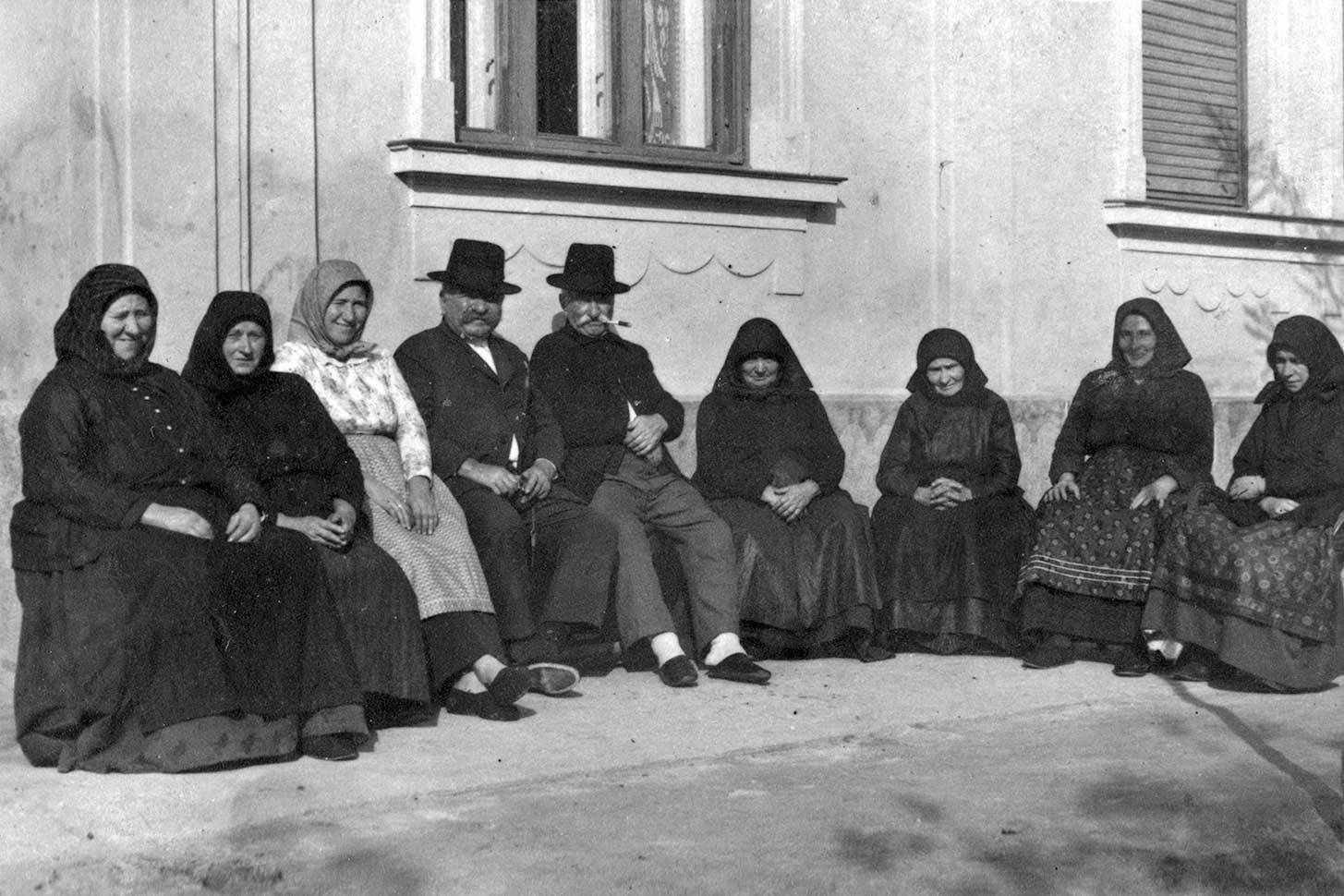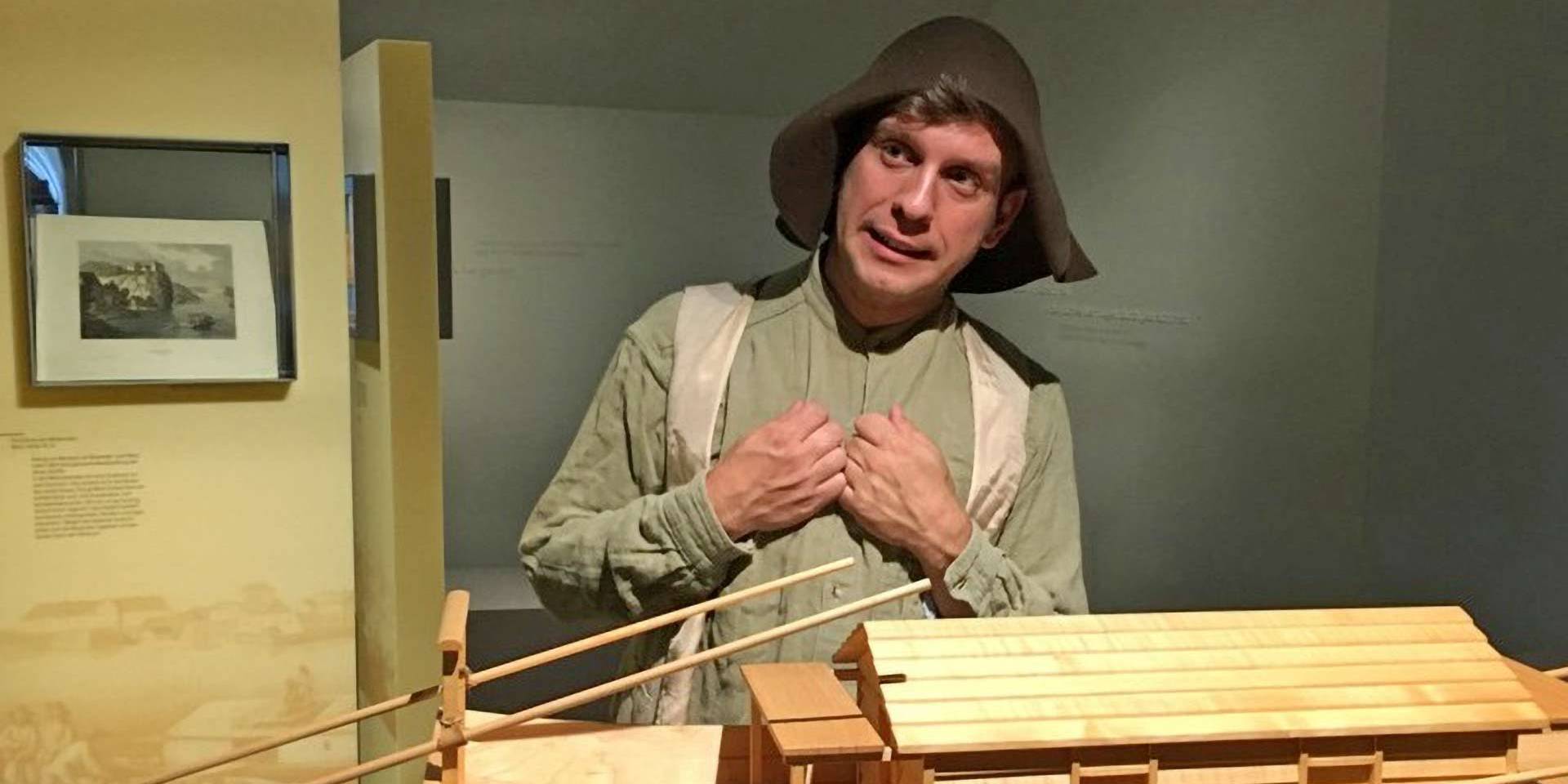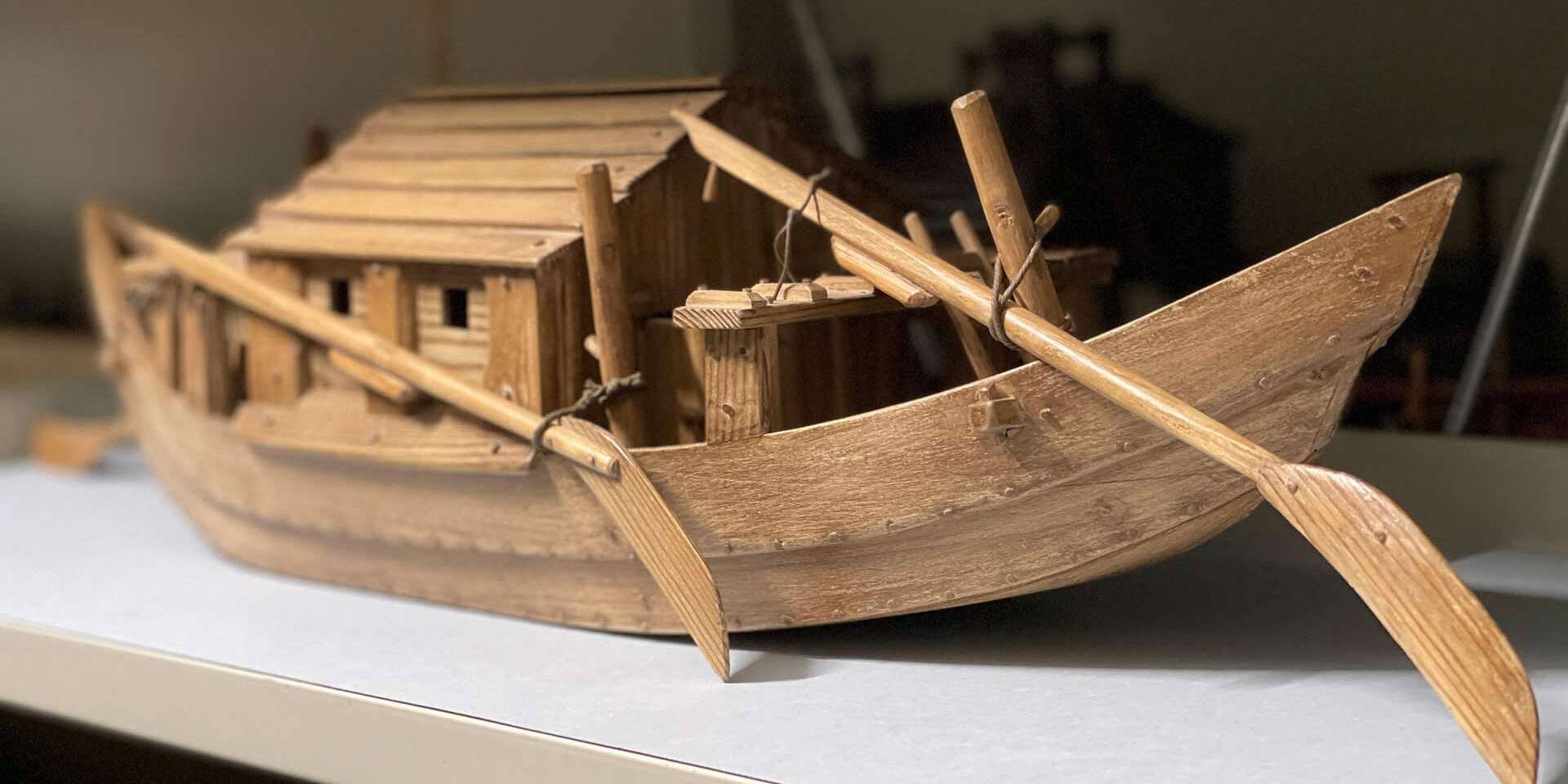The history of the Danube Swabians is an example of European migration, combined with new beginnings and encounters. The museum shows the life and culture of the emigrants and subsequent generations in the multi-ethnic region on the Danube. It illustrates the consequences of nationalism and forced migration in the 20th century and in this way aims to contribute to understanding in Europe.
This exhibition is the heart of the museum. The history of the Germans on the central Danube is illustrated in 13 sections, from emigration in the 18th century to the present day. The tour is a journey of discovery into the living environment of the Danube Swabians.
A media guide with drama scenes and background information in German and English can be borrowed from the museum.
A variety of exhibits, documents, hands-on stations and films of contemporary witnesses show aspects of Danube-Swabian life on more than 950 m²: What role did the village community play? How did Danube Swabian agriculture work? How did Danube Swabians experience National Socialism and the loss of their homeland, socialism and the fall of the Iron Curtain?
German emigrants
Departure to a new home
Donauschwaben are the descendants of German-speaking settlers who settled in what was then the Kingdom of Hungary in the 18th century. They were settled there by the Habsburg emperors and private landlords after the wars against the Ottoman Empire.
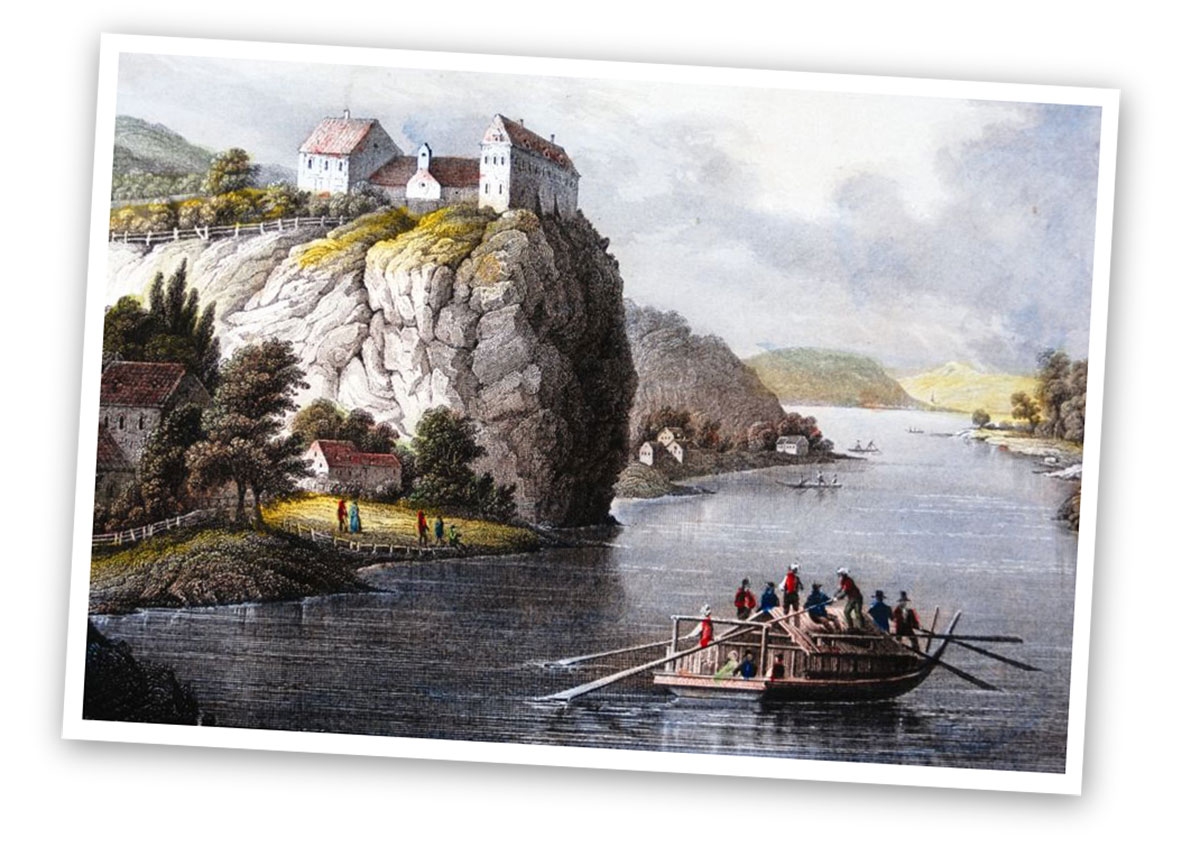
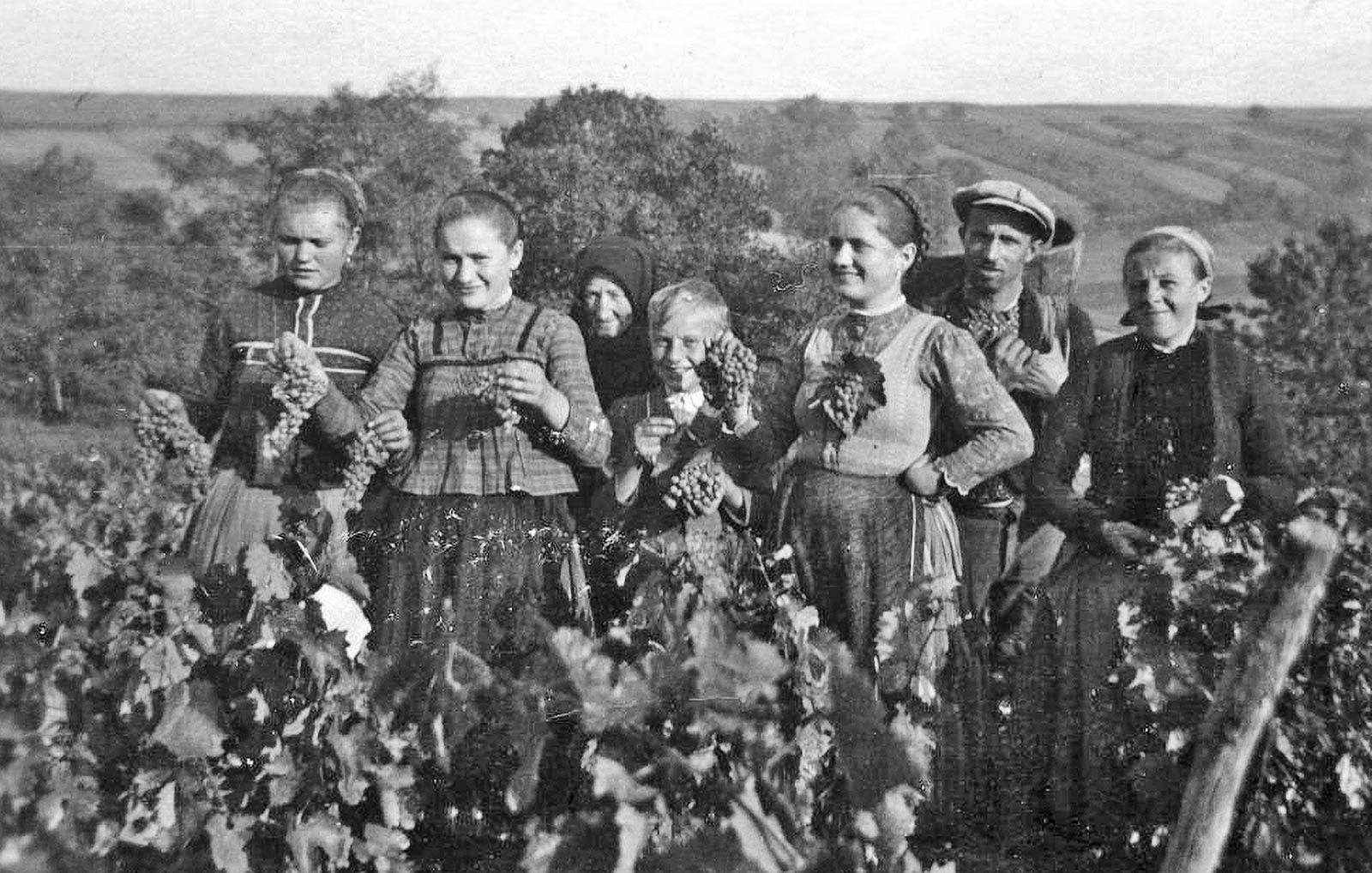
"The country of Hungary is the richest country,there grows a lot of wine and corn.Who is moving to Hungary now,the golden age is in bloom."
(Folk song, 18th century)
"The country of Hungary is the richest country,there grows a lot of wine and corn.Who is moving to Hungary now,the golden age is in bloom."
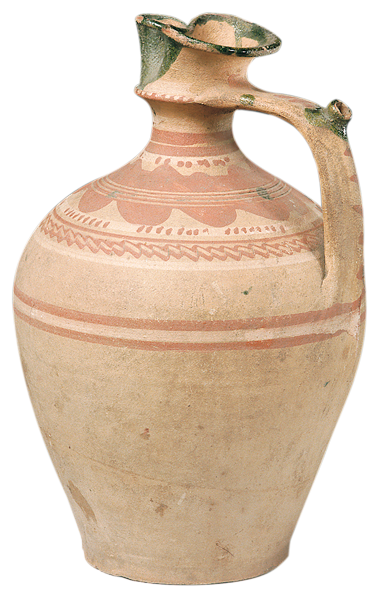
encounters
live side by side and with each other
For generations, the life of the Danube Swabians was and is characterized by cultural exchange. Their neighbors were Hungarians, Romanians, Serbs, Croats and other peoples with whom the Germans lived peacefully for centuries.
encounters
live side by side and with each other
For generations, the life of the Danube Swabians was and is characterized by cultural exchange. Their neighbors were Hungarians, Romanians, Serbs, Croats and other peoples with whom the Germans lived peacefully for centuries.
The settlement areas of the Danube Swabians
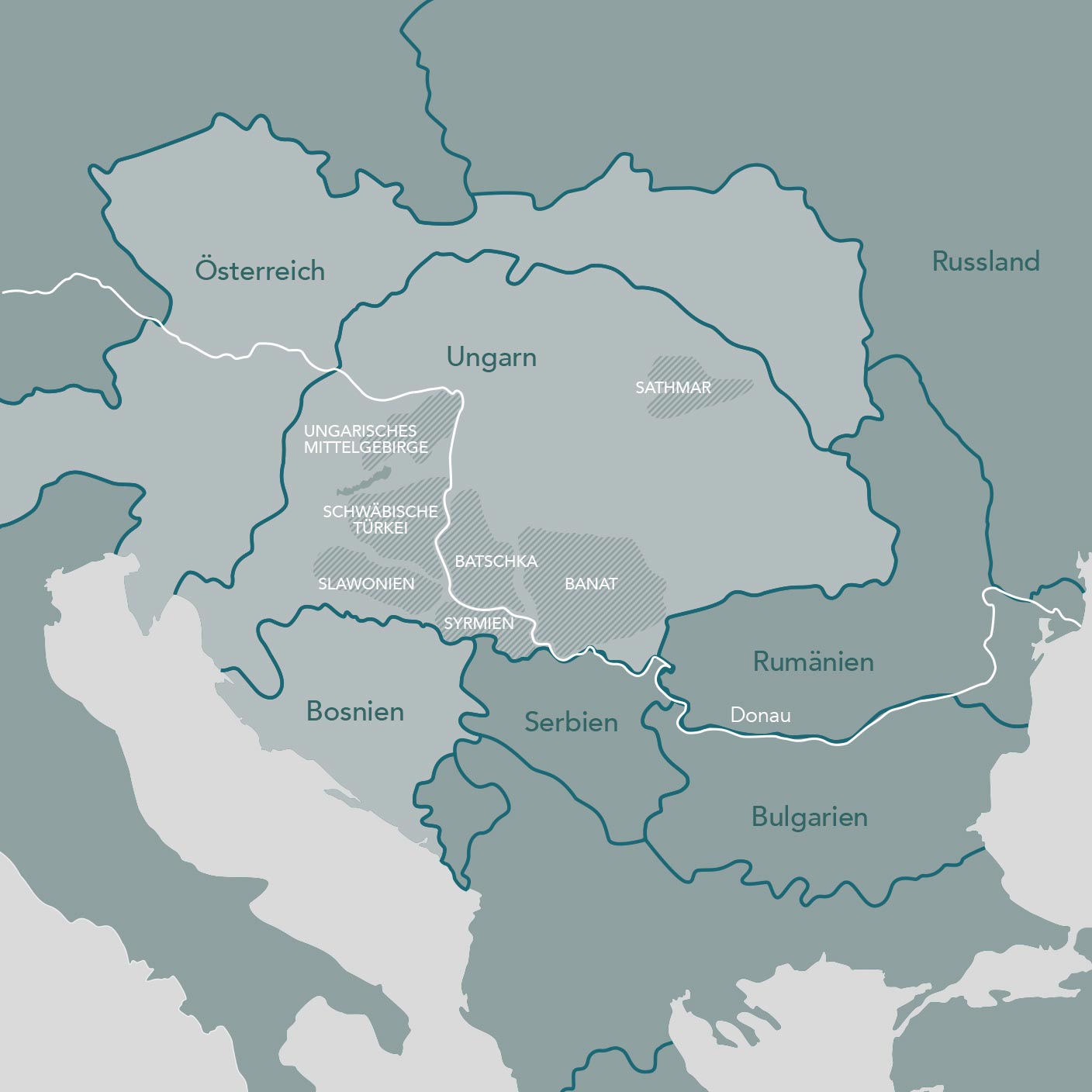
card 1
The Austro-Hungarian monarchy around 1910
Hatched areas: Settlement areas of the Danube Swabians
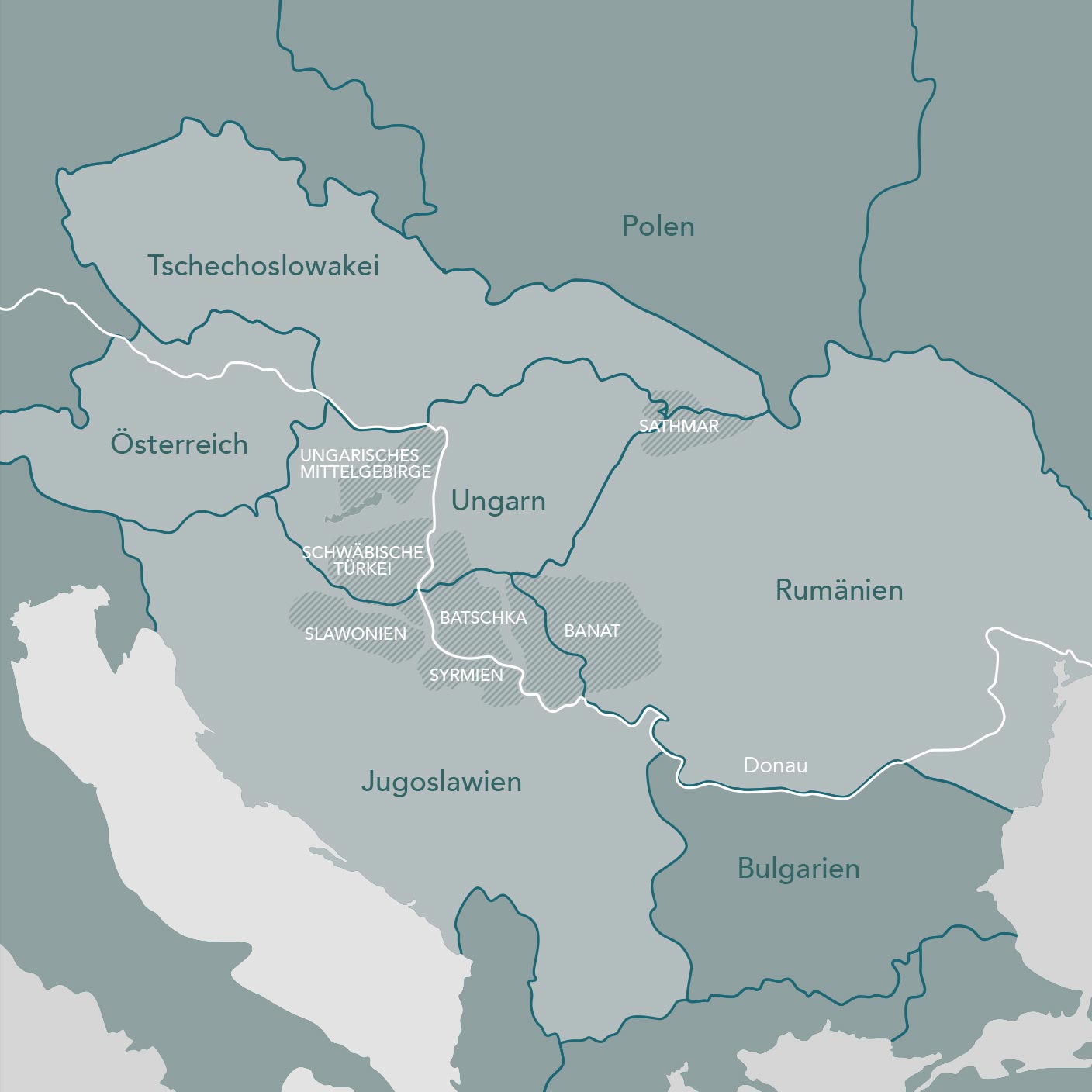
card 2
New nation states after the First World War
Hatched areas: Settlement areas of the Danube Swabians
After the Second World War
Escape, expulsion, deportation
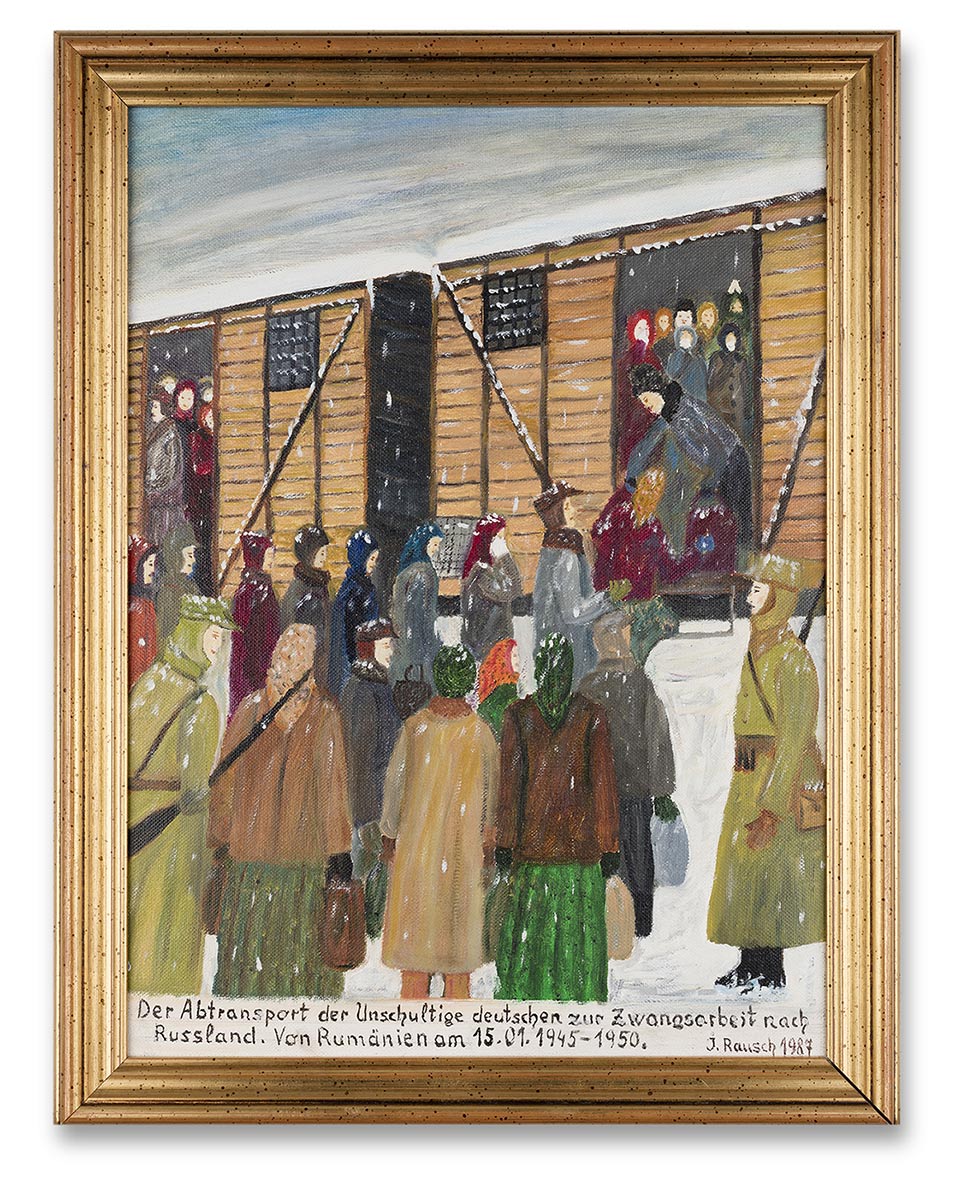
In the 20th century, exaggerated nationalism poisoned previous coexistence. National Socialism and the Second World War, which Germany started, also harmed the Germans on the middle Danube. Many lost their homes through flight, internment, deportation and expulsion.
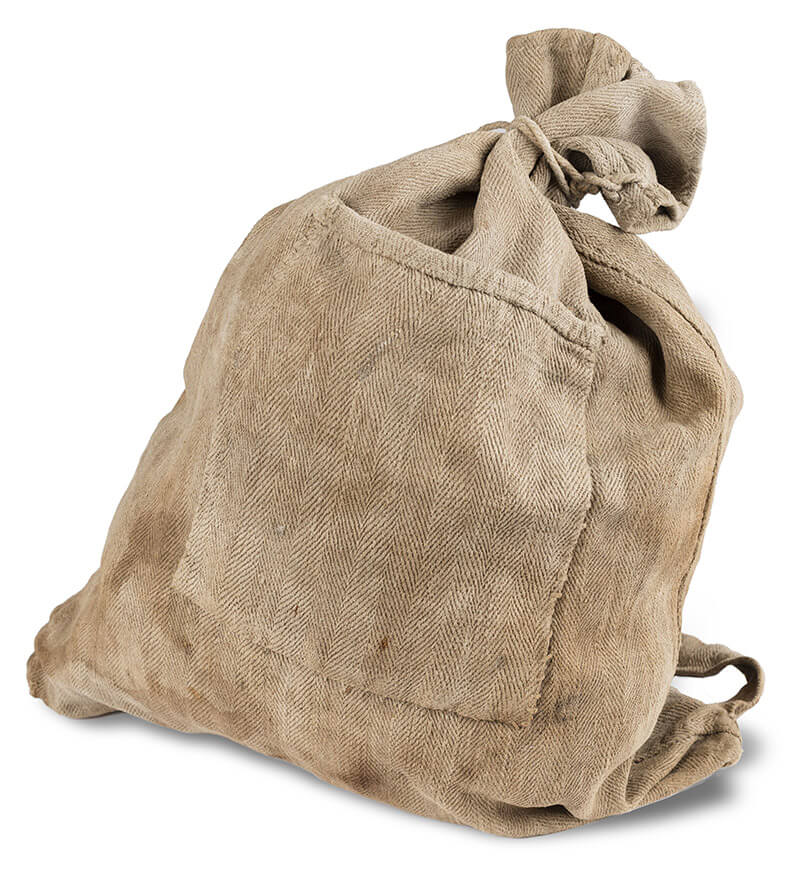
All over the world
Danube Swabians today

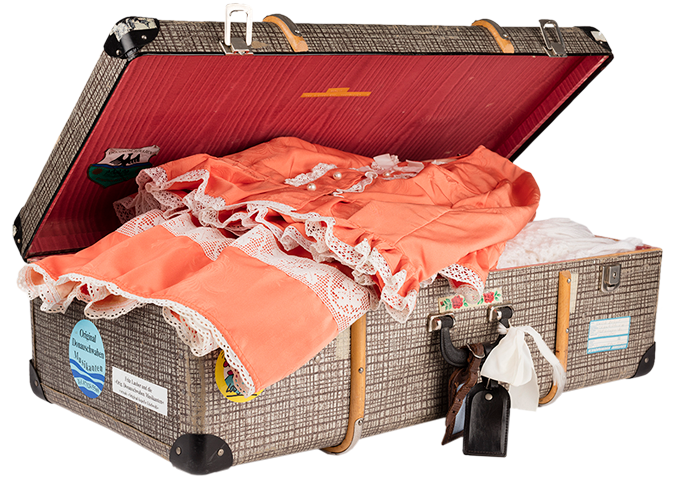
Today, the Danube Swabians and their descendants live widely scattered: in the former settlement areas in East-Central and South-Eastern Europe, in Germany and Austria, but also in Brazil and the USA. They built a new life there after the war. Their experiences from different cultures, their contacts and language skills make them mediators and bridge builders.
From emigration until today
Researcher and project coordinator Kathinka Engels presents our exhibition on the history of the Danube Swabians.
Offers
Group tours
Special offers for groups
Children and families
Experience, tinker, play
School in the museum
Guided tours and workshops


